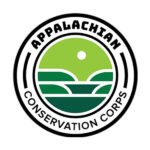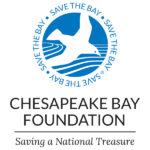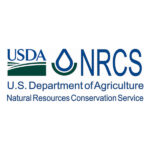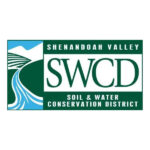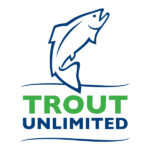Smith Creek is a major tributary of the North Fork of the Shenandoah River that winds along the western foot of Massanutten Mountain in Rockingham and Shenandoah counties.
Smith Creek Showcase Watershed
The watershed has long been a priority area for local conservation partners: nearly half of the watershed is in agricultural use, with approximately 500 agricultural operations within the 67,000-acre watershed. Smith Creek and its tributaries provide habitat for native Brook trout and are a major source of drinking water for surrounding and downstream communities.
In 2021, building upon the 11-years of public-private Smith Creek Watershed Partnership (Partnership) helping farmers and community members voluntarily implement conservation practices that improve water quality, the partners agreed to reinvigorate the Partnership as an initiative of the Shenandoah Valley Conservation Collaborative (SVCC), since many of the same agencies and organizations were deeply involved in both efforts. Alliance for the Shenandoah Valley successfully sought funding and created a full-time position, our Small Watershed Coordinator, to manage the Partnership.
Going forward, Partnership and SVCC partners will work together to establish innovative demonstration farms, share implementation costs, provide technical support, and use data and local knowledge to evaluate other watersheds where the highly-focused and coordinated Smith Creek Watershed Partnership approach can be replicated to improve water quality.
Project Staff

Caitlin Worsham
Small Watershed Coordinator, Shenandoah Valley Conservation Collaborative
Caitlin grew up in Botetourt County and is happy to be back in Virginia. Freshwater quality has always been one…
Current Partners
Legacy Partners
Resources
Collaborative Support:
- National Fish and Wildlife Foundation
This material is based on work supported by the U.S. Environmental Protection Agency (Assistance Agreement No. CB96358201) and the National Fish and Wildlife Foundation’s Chesapeake Bay Stewardship Fund, which promotes community-based efforts to develop conservation strategies to protect and restore the diverse natural resources of the Chesapeake Bay. The views and conclusions contained in this document are those of the authors and should not be interpreted as representing the opinions or policies of the U.S. Government or the National Fish and Wildlife Foundation and its funding sources. Mention of trade names or commercial products does not constitute their endorsement by the U.S. Government, or the National Fish and Wildlife Foundation or its funding sources.
Related News
RFP: Climate Smart Commodities Outreach Assistance
We are seeking assistance enrolling farmers in Augusta, Rockingham, Page, Shenandoah, Warren, and Frederick counties in a new market opportunity for qualifying agricultural practices.
Wake Up and Make a Difference!
Join the Alliance staff, board members, community members and partners to celebrate progress towards clean water, conservation and vibrant communities in Harrisonburg and Rockingham.
Trying Something New in Smith Creek Watershed
One of the challenges of farming is how difficult it can be to try new methods—even if they have been shown to lead to reduced costs, increased productivity or improved farm health.
Bringing All Resources
By weaving together the conservation staff knowledge and all available funding sources, we are able to channel resources to achieve the greatest impact.

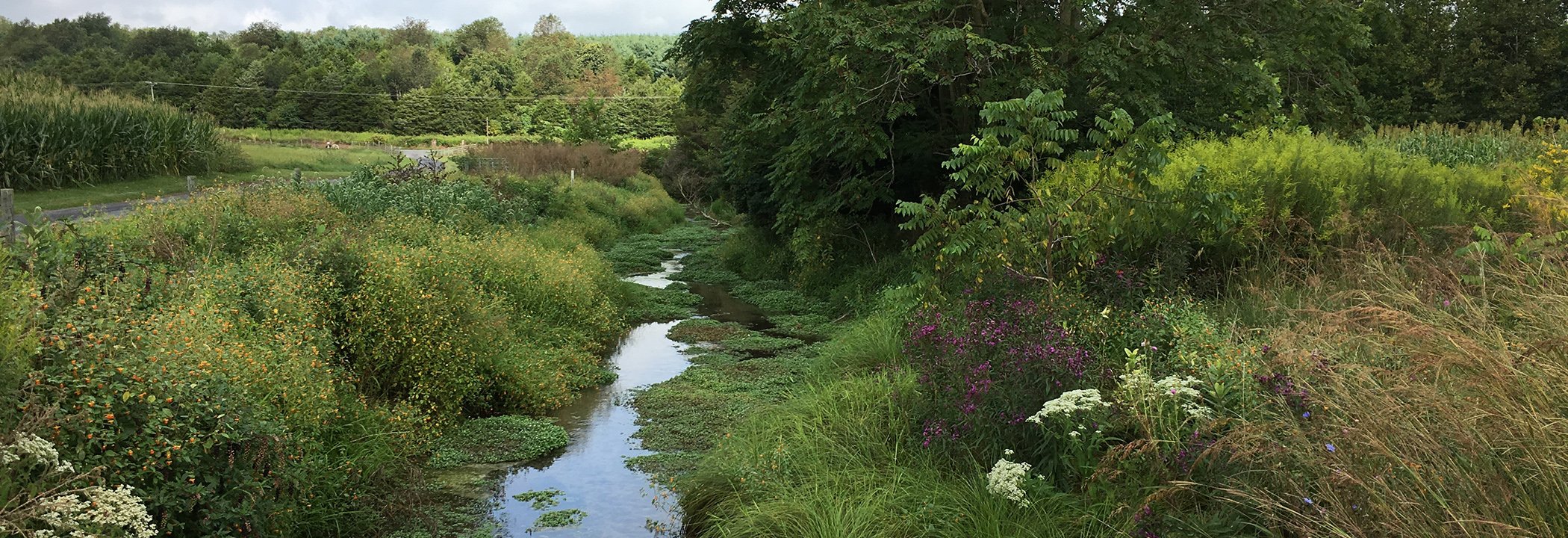
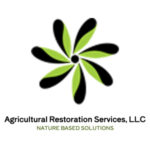

![TheAlliance_Logo[Two-Color]](https://shenandoahalliance.org/wp-content/uploads/2020/04/TheAlliance_LogoTwo-Color-150x150.png)
